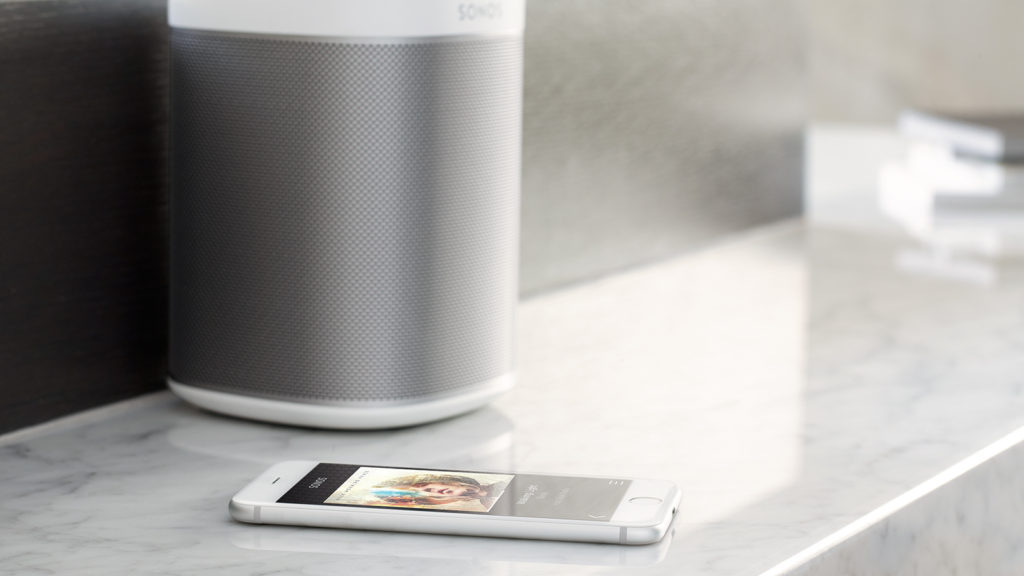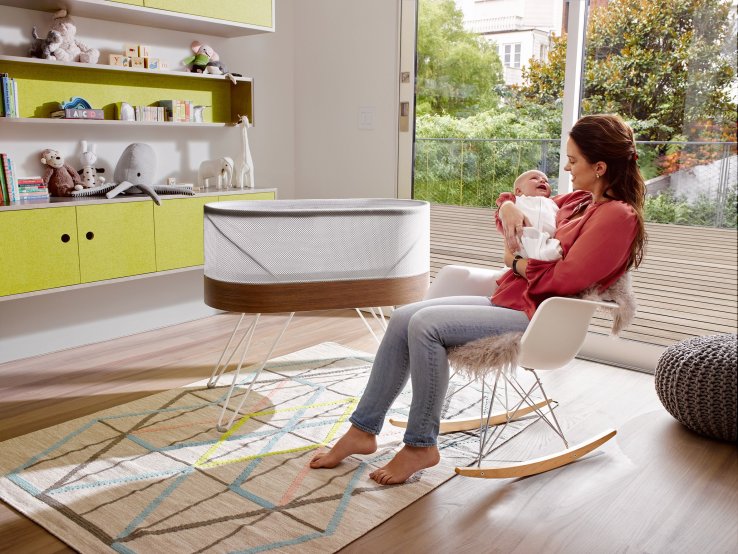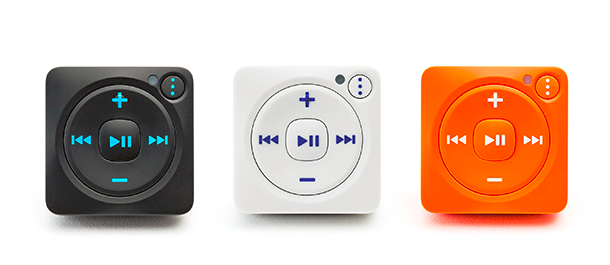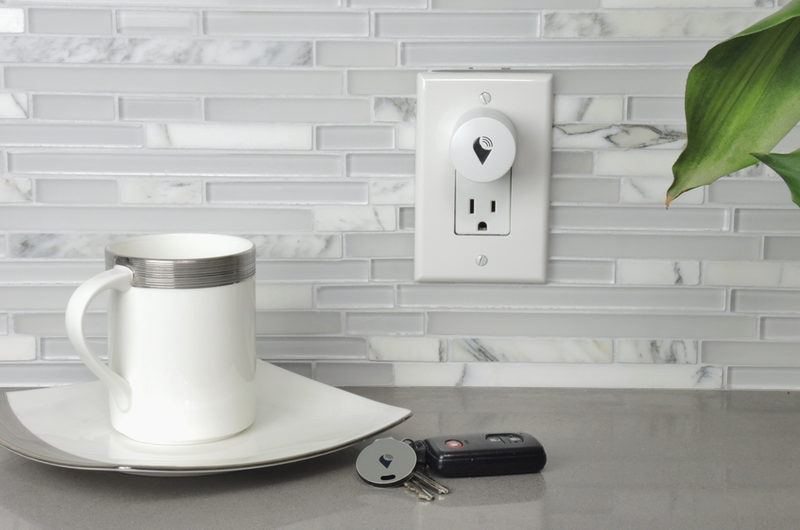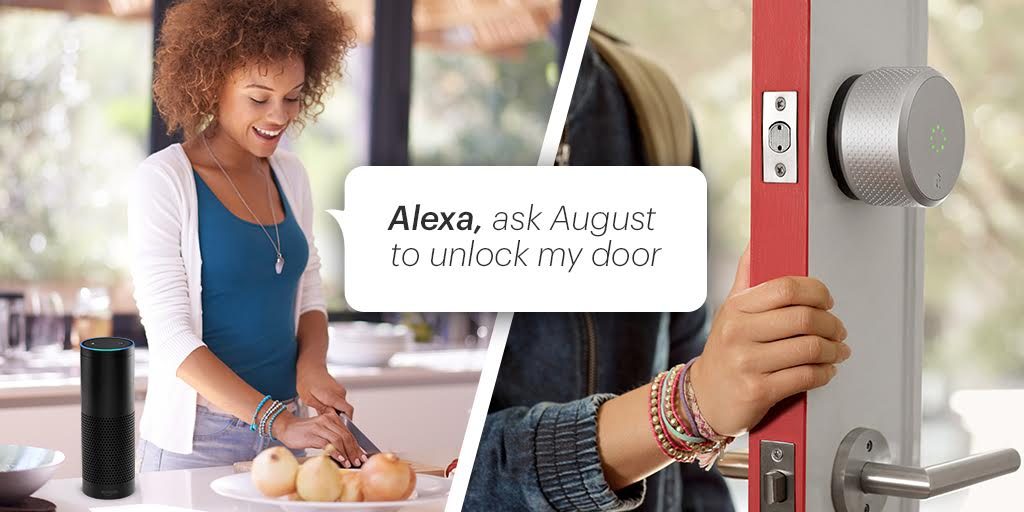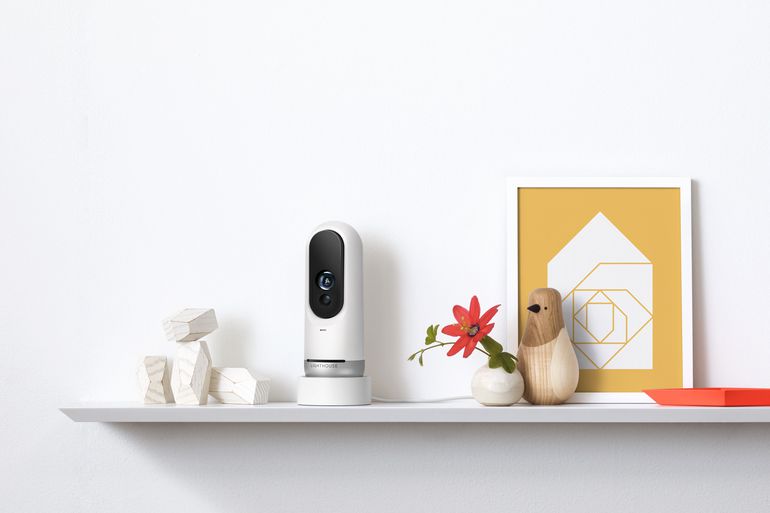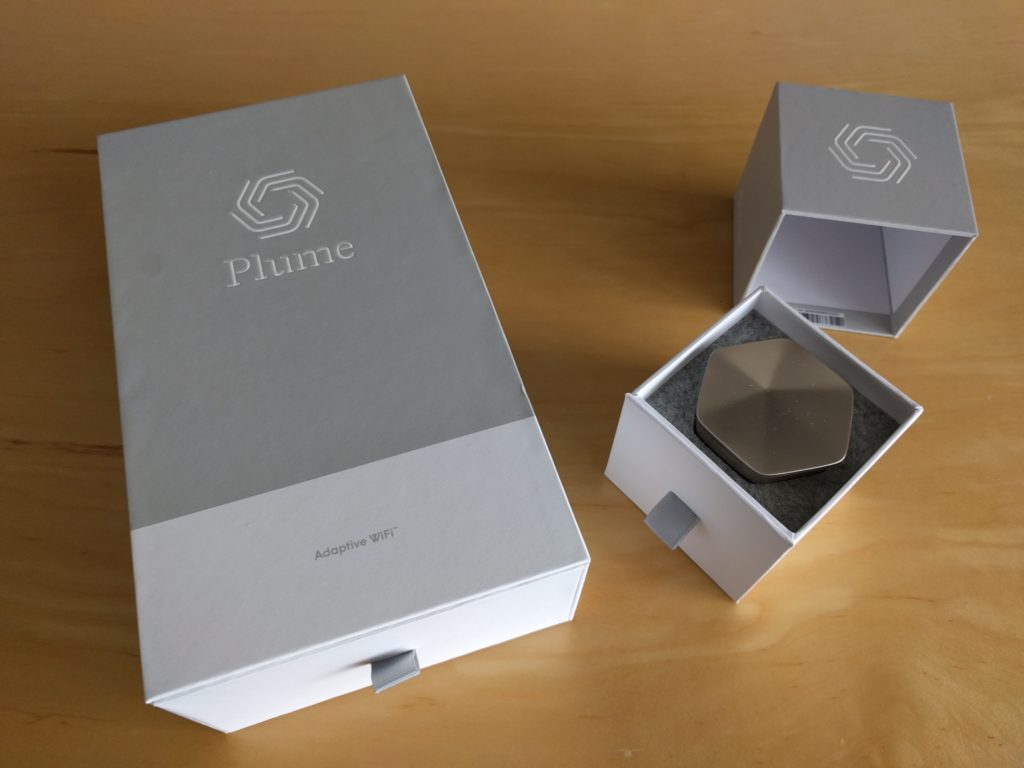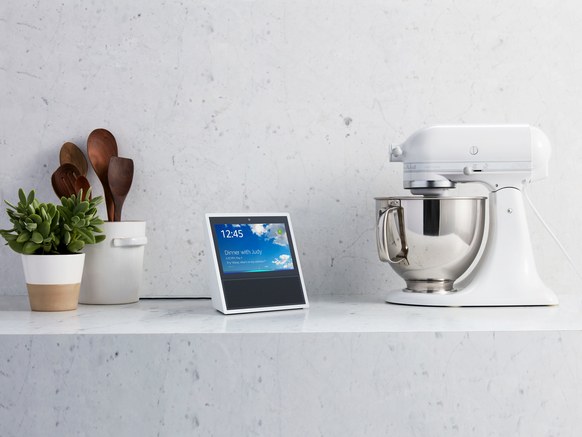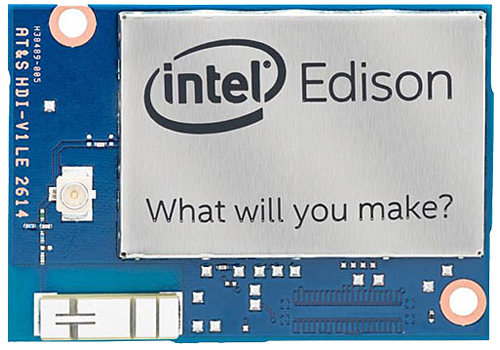GE is not giving up on its industrial IoT dreams, but it is scaling back a bit. We discuss what that means before diving into an array of assistant news. Kevin and I give some tips for using the Amazon Echo’s multi-room audio feature before discussing what the partnership between Amazon and Microsoft’s Cortana means. We also download some news about Google Assistant from IFA, where we also learned of new Elgato sensors. They are pretty. Finally, Kevin built us all a present!
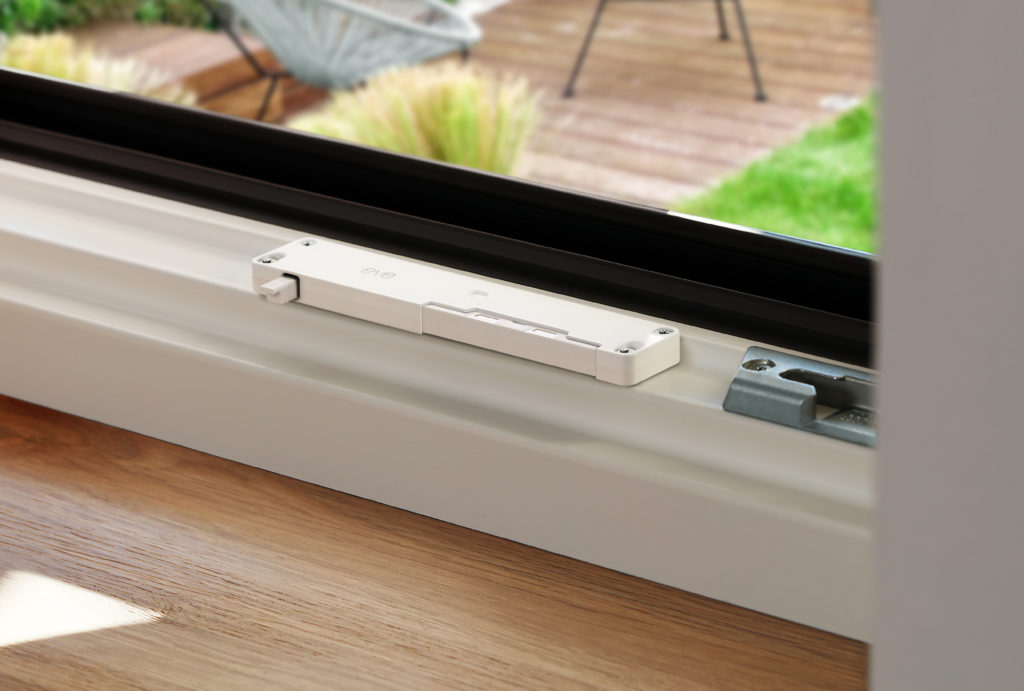
This week’s guest, Alasdair Allan, is a tinkerer and researcher who is thinking about the way we secure highly distributed systems. His concern is malicious data inserted into a system that can report false information to bring about a destructive action. In his example, someone created an imaginary moisture sensor that told a vineyard sprinkler system the ground was dry. It wasn’t. The resulting overwatering was a problem for the vines and resulted in a large fine. If you’re a blockchain fan, you’ll want to hear this one too.
Host: Stacey Higginbotham and Kevin Tofel
Guests: Alasdair Allan
Sponsors: Forgerock and Xively
- Even GE can’t build a scalable industrial internet platform
- Alexa, why is multi-room audio so limited?
- There’s a new speaker in town with the Josh Micro
- Have a question for us? Call the IoT Podcast Listener Hotline at 512-623-7424
- Should we teach our devices how to lie?
- Blockchain may help secure the distributed IoT
Podcast: Play in new window | Download | Embed
Subscribe: RSS

